The concept of absolute pitch, often referred to as perfect pitch, has long fascinated musicians, psychologists, and neuroscientists alike. This rare ability allows individuals to identify or reproduce a musical note without any external reference. While some argue that it is an innate gift, others believe it can be cultivated through rigorous training. Regardless of its origins, testing for absolute pitch requires carefully designed methodologies to ensure accuracy and reliability.
One of the most common approaches to testing absolute pitch involves the presentation of isolated musical notes. The subject is asked to identify each note by its letter name, sometimes including the octave designation. This method seems straightforward, but its execution demands precision. The notes must be played without any contextual clues, such as preceding or following tones, which could provide relative pitch cues. Researchers often use electronically generated tones to eliminate the timbral variations that might occur with acoustic instruments.
Another critical consideration in absolute pitch testing is the avoidance of visual or tactile cues that could influence the results. Some testing protocols incorporate randomized note sequences to prevent subjects from relying on memory or pattern recognition rather than genuine pitch identification. The testing environment should be carefully controlled to minimize distractions and ensure that the subject focuses solely on the auditory stimuli.
The role of timbre in absolute pitch testing has sparked considerable debate among researchers. While some maintain that true absolute pitch should be timbre-invariant, others acknowledge that many possessors of this ability perform better with certain timbres, particularly those of their primary instrument. This has led to the development of tests that use multiple instrument sounds to assess the robustness of an individual's absolute pitch ability across different tonal qualities.
More sophisticated testing methods have emerged in recent years, incorporating elements of response time measurement. These approaches recognize that genuine absolute pitch often manifests as instantaneous recognition, whereas slower responses might indicate the use of relative pitch strategies. Some tests now include time constraints to differentiate between these cognitive processes, adding another layer of validity to the assessment.
Longitudinal testing has provided valuable insights into the stability of absolute pitch over time. Researchers have discovered that while the ability generally remains consistent, environmental factors and musical training can influence its accuracy. Some studies employ repeated testing over extended periods to track these changes, offering a more comprehensive understanding of how absolute pitch functions in real-world musical contexts.
The development of computerized testing platforms has revolutionized absolute pitch assessment. Digital interfaces allow for precise control over stimulus presentation and accurate recording of responses. These systems can generate detailed performance metrics, including accuracy rates for different pitch classes and octaves, revealing patterns that might not be apparent in traditional paper-and-pencil tests. The automation of testing procedures also minimizes potential experimenter bias, enhancing the objectivity of the results.
Cultural factors in absolute pitch testing have gained increasing attention in the scientific community. Studies have shown that speakers of tonal languages, such as Mandarin, demonstrate higher prevalence of absolute pitch, suggesting that early linguistic environment may play a role in the development of this ability. This has led to modifications in testing protocols to account for potential cultural and linguistic influences on pitch perception and labeling.
Recent advances in neuroscience have introduced physiological measures to complement behavioral testing. Functional MRI scans and EEG recordings during pitch identification tasks provide researchers with direct observations of brain activity associated with absolute pitch. These techniques offer promising avenues for distinguishing between true absolute pitch and highly trained relative pitch, addressing one of the fundamental challenges in this field of study.
The practical applications of absolute pitch testing extend beyond academic research. Music educators use simplified versions of these tests to identify students with exceptional pitch recognition abilities, which can inform pedagogical approaches. Professional orchestras sometimes incorporate pitch identification assessments during auditions for positions where absolute pitch might be particularly advantageous, such as concertmaster or tuning-related roles.
Despite the sophistication of modern testing methods, controversies persist regarding what constitutes genuine absolute pitch. Some researchers advocate for stricter criteria, requiring near-perfect accuracy across all conditions, while others adopt more lenient standards that acknowledge variations in ability. This ongoing debate underscores the complexity of auditory perception and the challenges inherent in quantifying such a nuanced cognitive skill.
Future directions in absolute pitch testing may involve virtual reality environments that simulate real-world musical situations, moving beyond the artificiality of laboratory conditions. There is also growing interest in developing more sensitive tests that can detect varying degrees of absolute pitch ability, recognizing that this skill exists on a spectrum rather than as a binary trait. As our understanding of auditory processing deepens, testing methodologies will continue to evolve, offering increasingly refined tools for exploring this remarkable human ability.

By /Aug 5, 2025

By /Aug 5, 2025

By /Aug 5, 2025

By /Aug 5, 2025
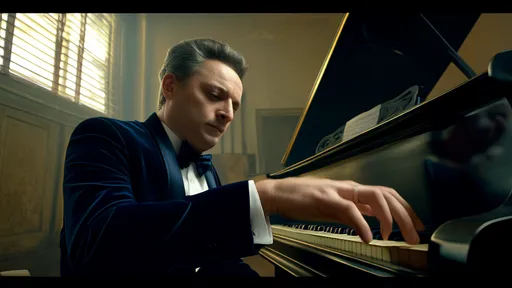
By /Aug 5, 2025
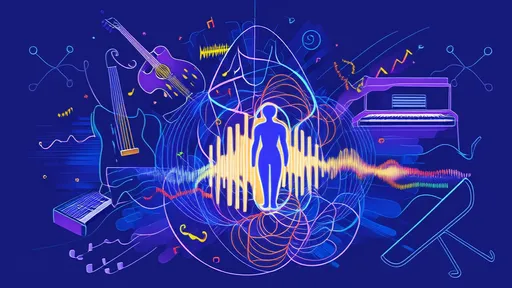
By /Aug 5, 2025
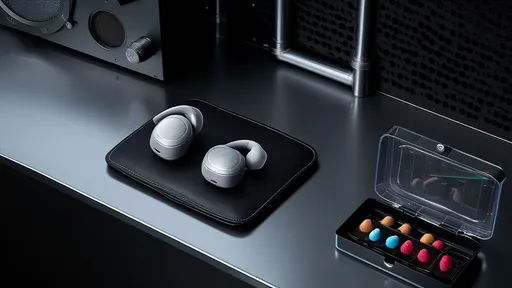
By /Aug 5, 2025

By /Aug 5, 2025

By /Aug 5, 2025
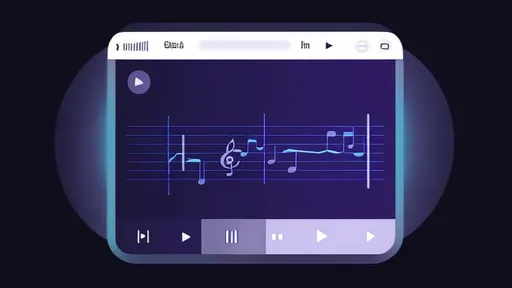
By /Aug 5, 2025

By /Aug 5, 2025

By /Aug 5, 2025
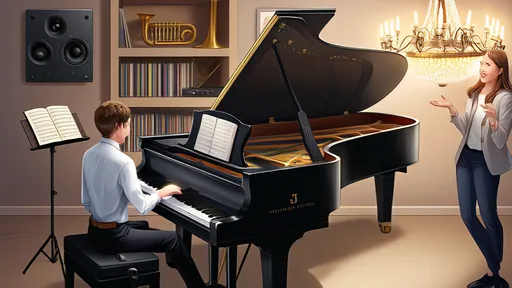
By /Aug 5, 2025
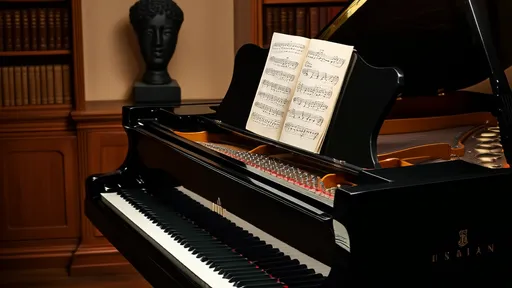
By /Aug 5, 2025
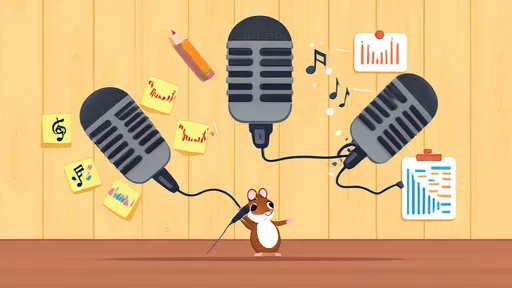
By /Aug 5, 2025

By /Aug 5, 2025

By /Aug 5, 2025

By /Aug 5, 2025

By /Aug 5, 2025

By /Aug 5, 2025